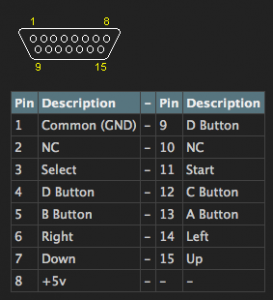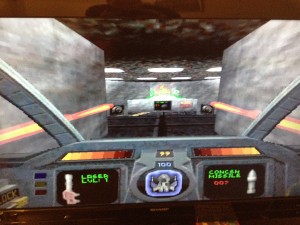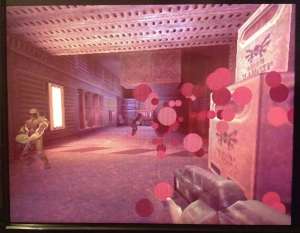Hey All,
So this week started off cool then took a turn for suckage. I’ve been working on getting two more emulators working. One is a Neo Geo Pocket Color emulator, and it works, but has some minor issues. The other is another mass emulator like MESS. The older version compiles, but the latest one errors out.
The reason I am not posting binaries at the moment is because my SD card’s filesystem got corrupted during a test I was doing, and won’t boot. I’ve made a bit for bit backup of the card using DD, and I’m going to try and retrieve as much data from it as possible. Luckily I have other SD cards to use.
I was hoping to have the binaries for NeoPop available tonight but I have to recompile them on the new SD card. If you want you can click the link above and download the source and compile it yourself.
The other emulator I’ve been working on compiling is called Mednafen. The old version (0.8) is available in Raspbian repos, so just do sudo apt-get install mednafen and you should be good to go. Make sure you run it once, then edit the ./mednafen/mednafen.rc file. There is a part that says video and it tries to use opengl, set it to SDL and you should be good to go.
Have a great weekend everyone!






